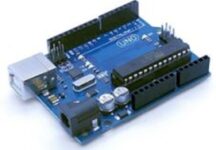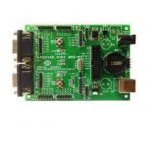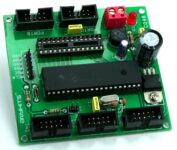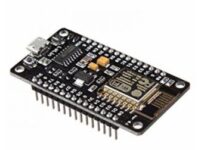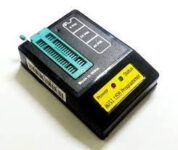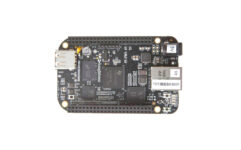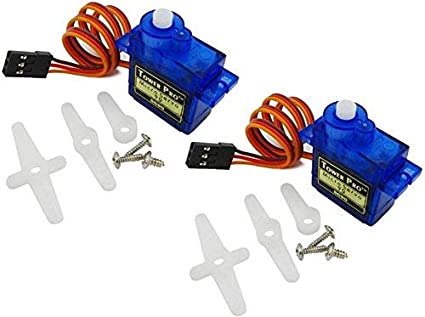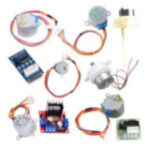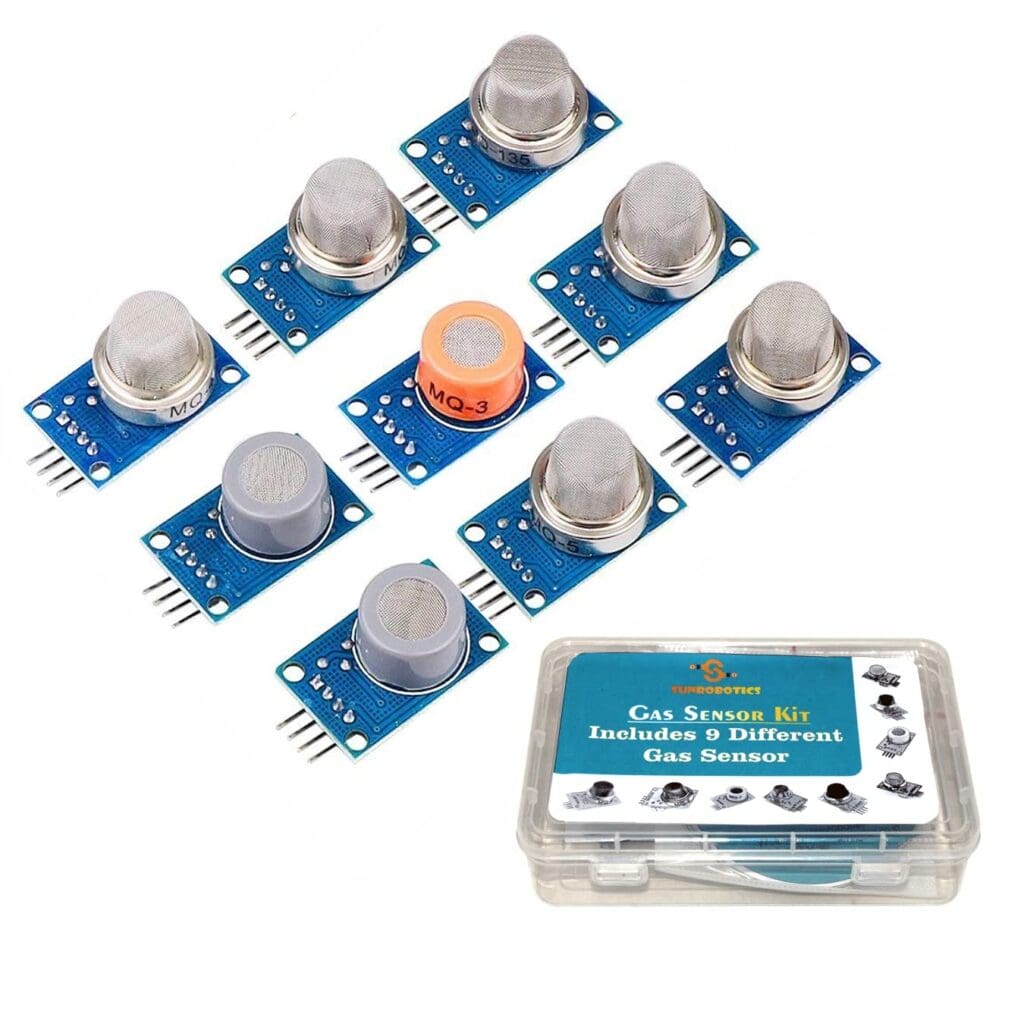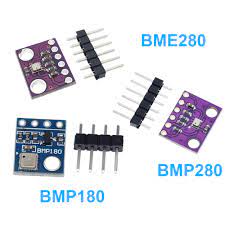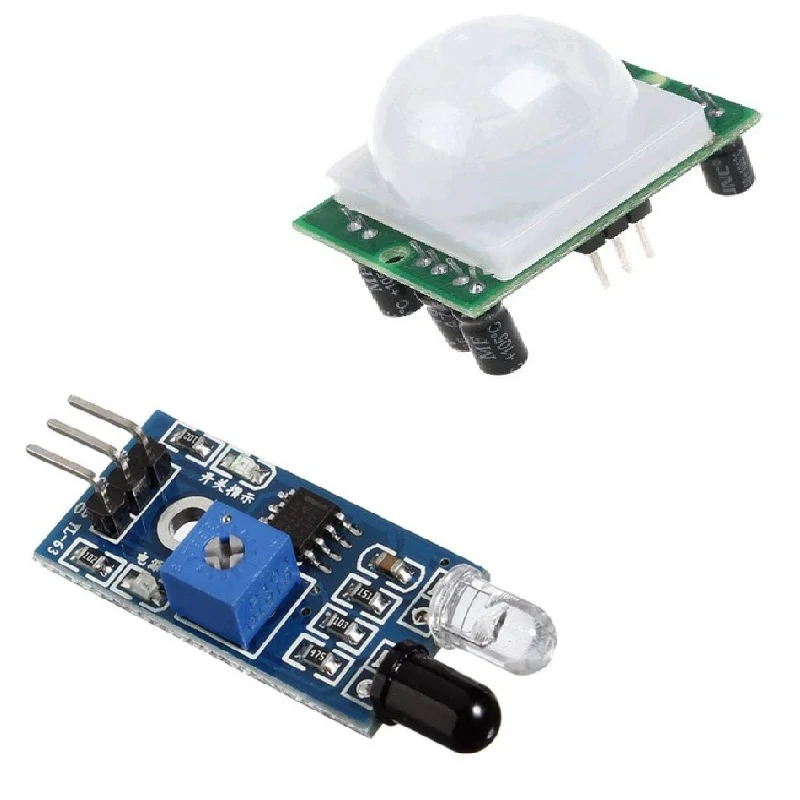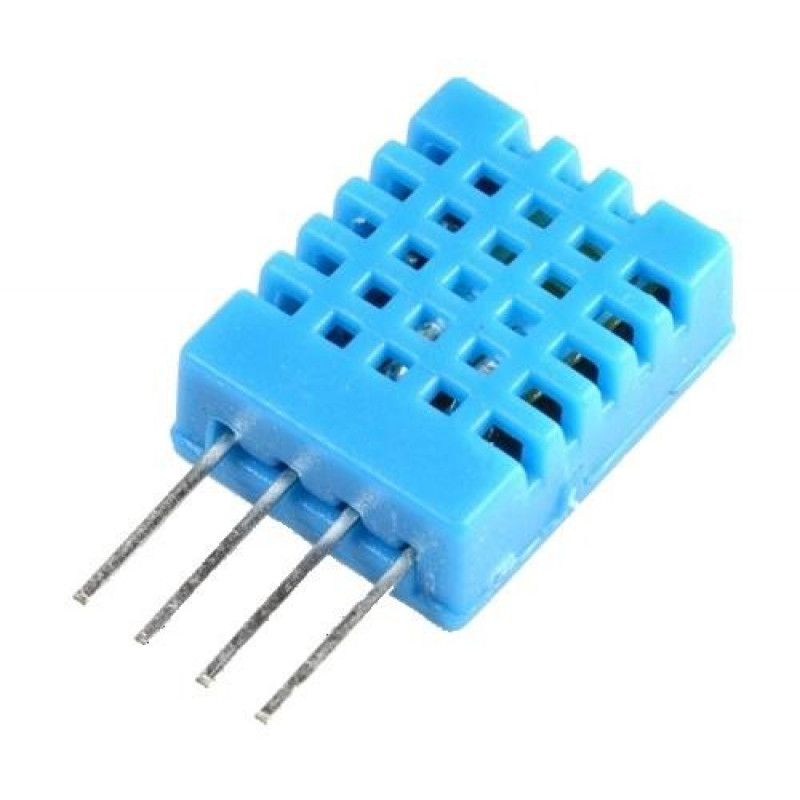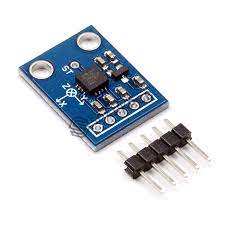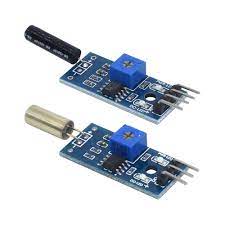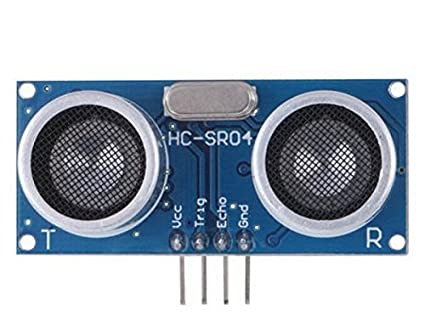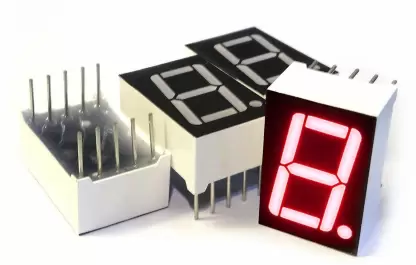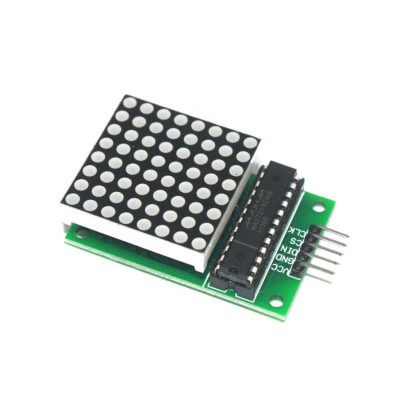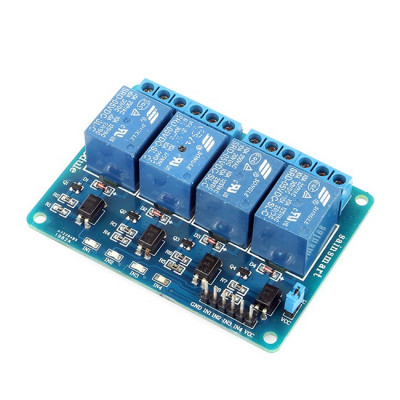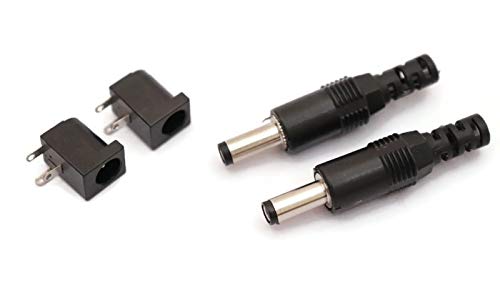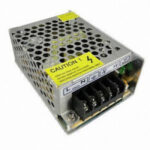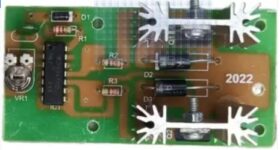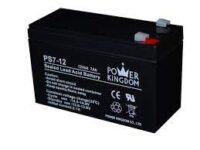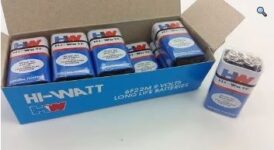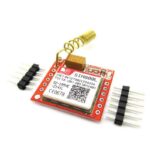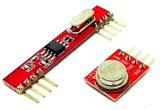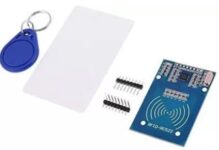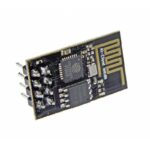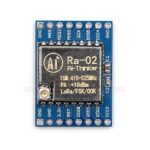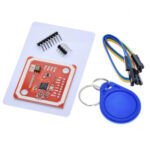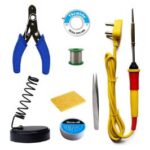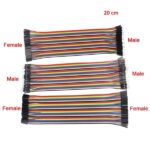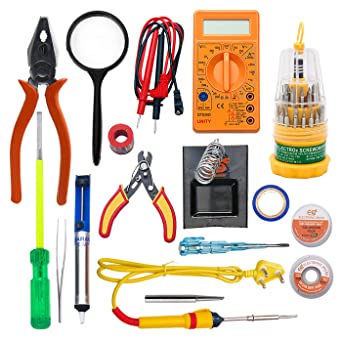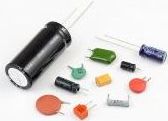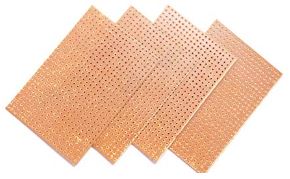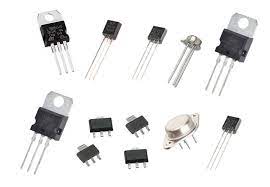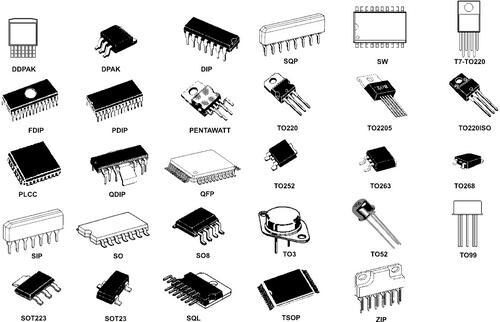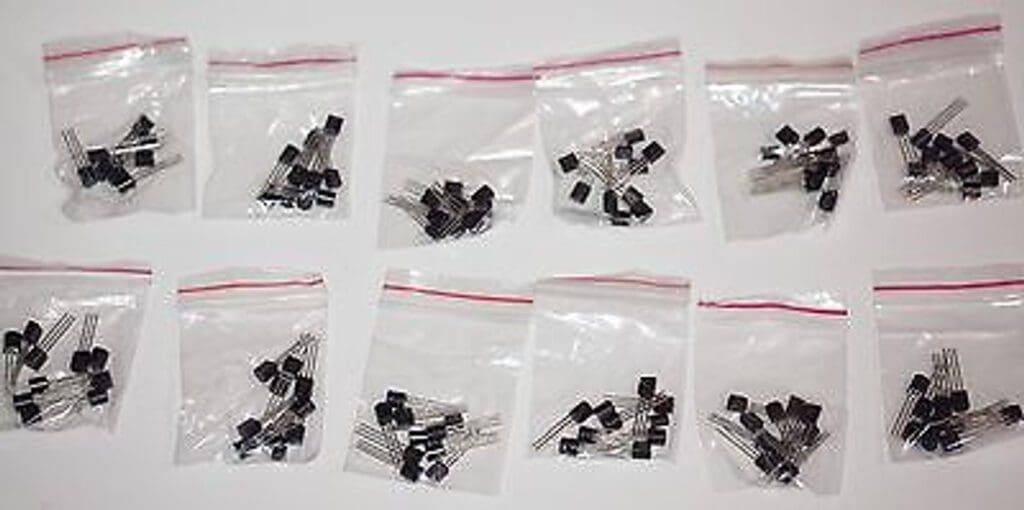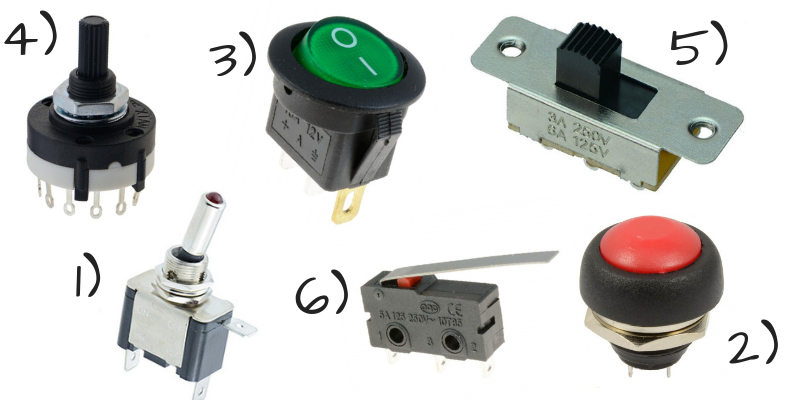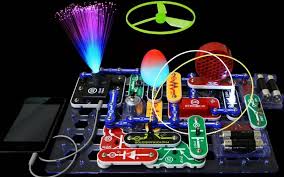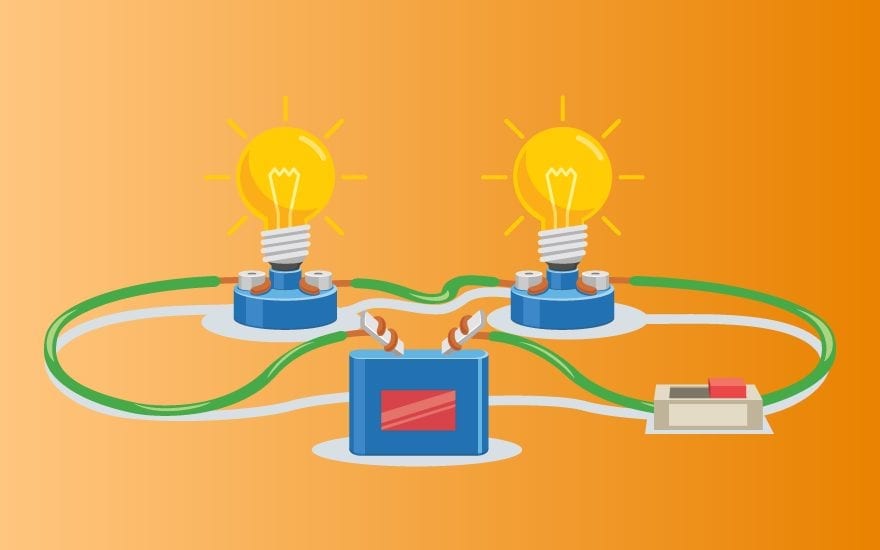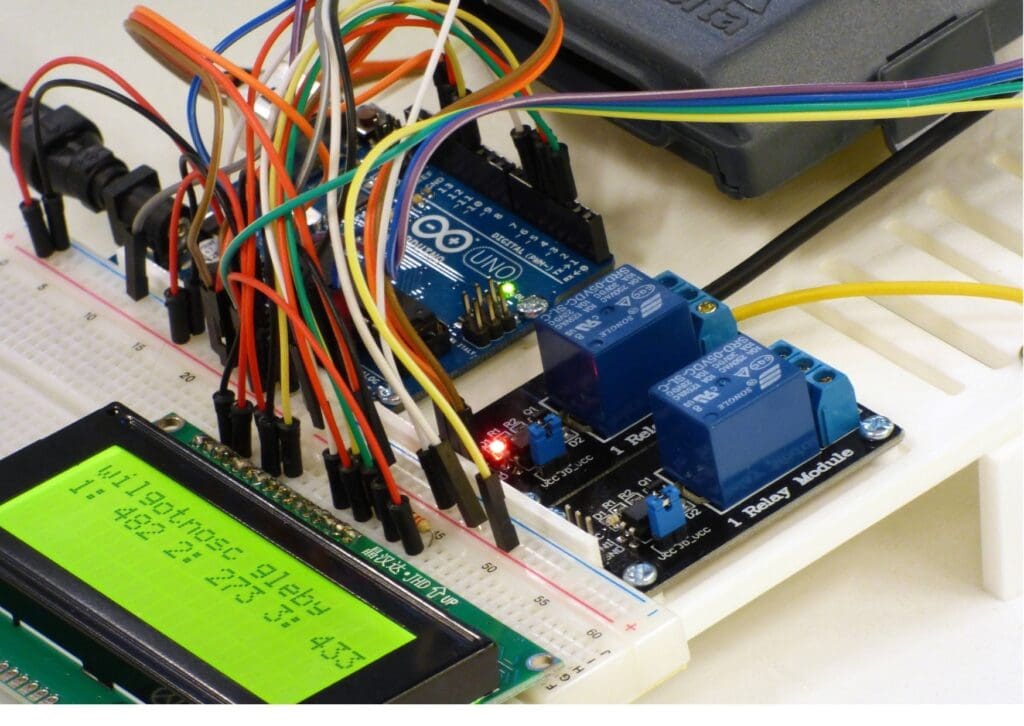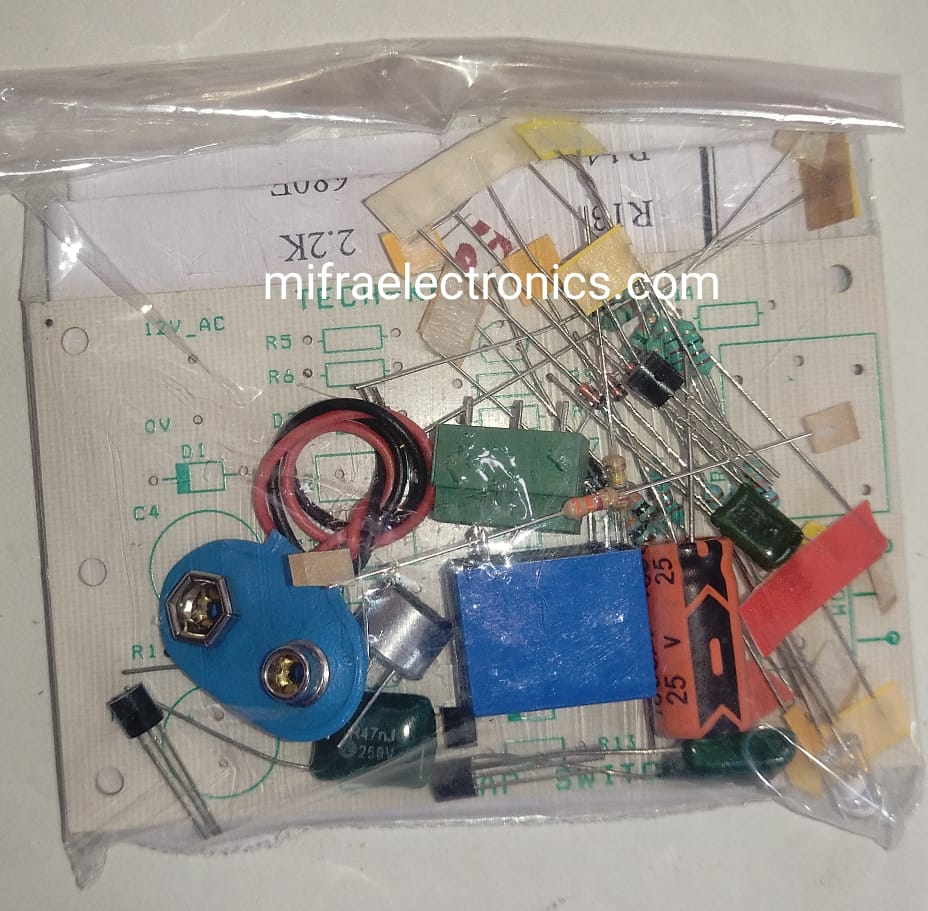Voltage (Voltage Explained)
- Voltage Definition: Explain that voltage represents the potential energy per unit charge and drives the flow of electrons in a circuit.
- Unit Introduction: Describe the Volt (V) as the unit of measurement for voltage.
- Water Pipe Analogy: Provide an in-depth analogy of voltage to water pressure in a pipe, elaborating on how higher voltage can push more electrons.
- Voltage Sources: Discuss various voltage sources like batteries (show different battery types) and power supplies (include images of power supply units).
- Potential difference and comparisons between high and low voltage.
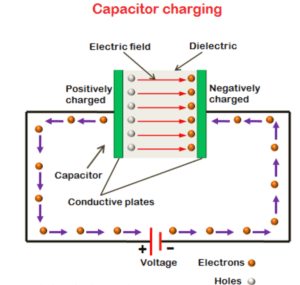
Current (Current Flow)
- Current Definition: Explain that current is the flow of electric charge through a conductor and is measured in Amperes (A).
- Water Pipe Analogy: Expand on the water pipe analogy, explaining how the flow of current is similar to water flowing through a pipe.
- Types of Current: Detail the difference between Direct Current (DC) and Alternating Current (AC) with illustrations of DC and AC waveforms.
- Electron Flow: Clarify the direction of electron flow (from negative to positive) and conventional current flow (from positive to negative).
- Images: Include animated graphics or diagrams illustrating the flow of current in different types of circuits.
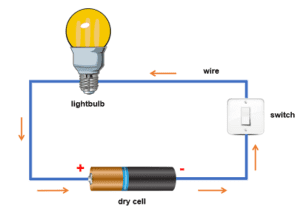

Resistance (The Hinderance to Current)
- Resistance Definition: Define resistance as the opposition to the flow of current in a material, measured in Ohms (Ω).
- Factors Affecting Resistance: Elaborate on the factors that influence resistance, such as material type (show examples like copper and nichrome), length, and cross-sectional area.
- Visual Comparisons: Include side-by-side comparisons of conductors with high resistance (e.g., thin wire) and low resistance (e.g., thick wire).
- Practical Examples: Offer scenarios where resistance plays a crucial role, such as in heating elements and filament bulbs.
- **Images:** Showcase resistors of different values and materials and diagrams explaining how resistance affects current flow.
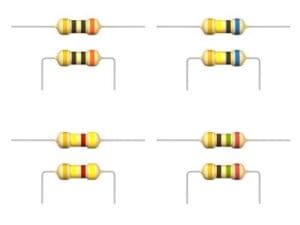

Ohm’s Law (Relationship between Voltage, Current, and Resistance)
- Ohm’s Law Equation: Explain V = IR and how it establishes the relationship between voltage, current, and resistance.
- Graphical Representation:** Include a graphical representation of Ohm’s Law as a triangle with V, I, and R.
- Practical Examples:** Provide practical examples of using Ohm’s Law to calculate values in real-world circuits.
- Interactive Tools:** Mention any online calculators or tools that can help readers apply Ohm’s Law.
- **Images:** Incorporate charts or graphics showing Ohm’s Law calculations and practical circuit applications.
Applications in Electronics:
Circuit Components:
- Discuss how voltage, current, and resistance apply to various electronic components like resistors (show color codes), LEDs, and capacitors.
- Troubleshooting: Explain how a fundamental understanding of these concepts aids in diagnosing and resolving common electronic circuit problems.
- Circuit Diagrams: Include schematic diagrams of basic electronic circuits that demonstrate the application of voltage, current, and resistance.
- Hands-On Projects: Suggest simple hands-on projects that readers can build to apply what they’ve learned.
- Images: Showcase circuit diagrams, component images, and practical projects.
Conclusion:
- Summarize the key points: Voltage is the pressure, current is the flow, and resistance is the hindrance in electrical circuits.
- Emphasize the importance of grasping these fundamentals as a foundation for more advanced electronics learning.
Additional Resources:
-
references to further reading or educational resources
www.mifraelectronics.com
www.mifratech.com
https://www.youtube.com/
@mifratechelearning8382



